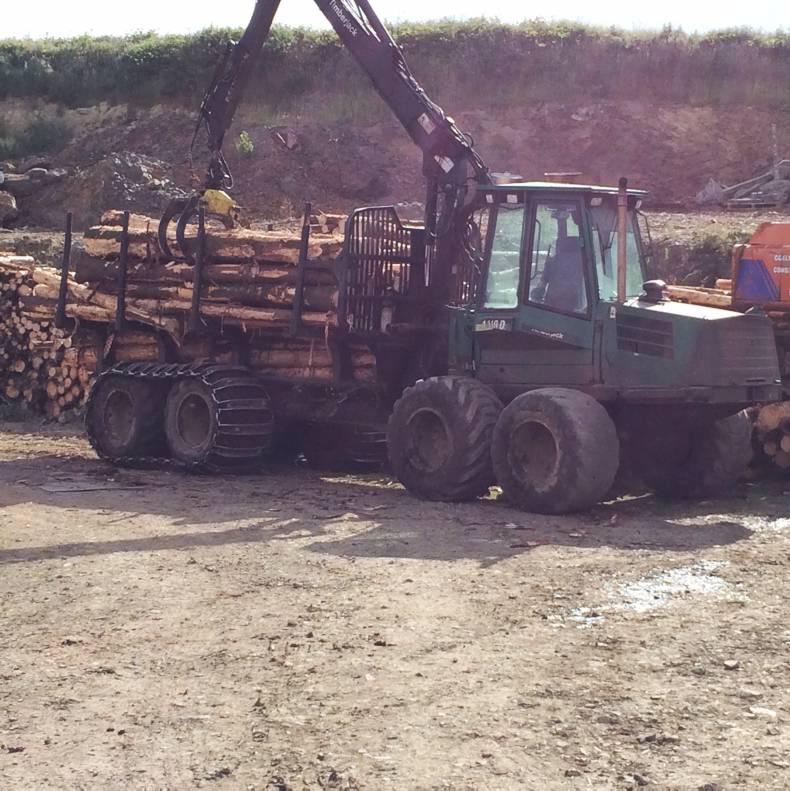In my previous article, I predicted a late silage harvest on the farm. However due to the rapid response of grass to the early June weather, I got it harvested in the second week of June, a day later than last year!
Yield was good and, contrary to prediction, better than last year’s. Silage season really is the best time of the year!
While the main crop of silage is harvested a number of weeks at this stage, paddocks are continuing to be taken out when cover exceeds 1,500kg DM/ha. The value of walking paddocks weekly at this time of the year to assess grass cover and growth is as important as the popular jobs which farmers are carrying out at the moment. This enables farmers to plan and budget grass, and make decisions regarding grass in time, thereby utilising grass and thus ensuring milk volume and solids remain high.
Forestry
While grass is normally the predominant crop harvested at this time of the year, another crop has been harvested – five acres of Sitka Spruce. This was sown in 1983, five years before I was born and a year before milk quotas were introduced.
The land on which these trees were planted is heavy ground with some quite dangerous hills and has limited potential to be productive in grassland. The forest itself was never thinned and is envisaged to achieve 850 to 1,000 tonne of timber split in four different categories, saw log/commercial, stake, pallet and pulp, in descending order of value. The trees are split into categories based on the size and particularly on how straight they are.
It is unfortunate that the replanting rules are as strict as they are, forcing this ground to be replanted. With the advances in machinery and soil drainage practices since these trees were planted 32 years ago, it is no longer as difficult or as dangerous to farm on this type of ground.
It is even more disappointing that this ground had received no entitlements or grants since planting, and now a portion of it could be turned back into grassland allowing for expansion of the dairy herd.
While there are ample possibilities and opportunities for dairy farmers since quota abolition, this is one of the examples of red tape which shackle farmers on an annual basis. When a tillage farmer grows a crop of barley, they are not restricted to growing barley on that land for the remainder of their working life. Why is forestry different?






 This is a subscriber-only article
This is a subscriber-only article













SHARING OPTIONS: